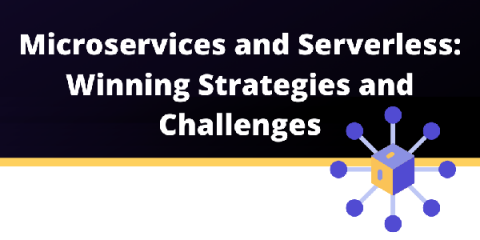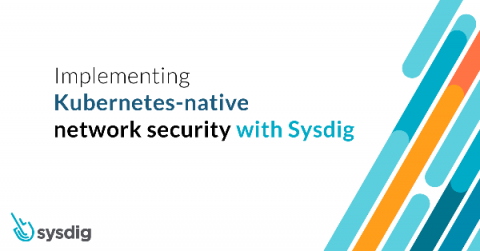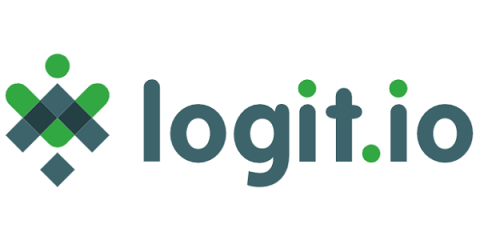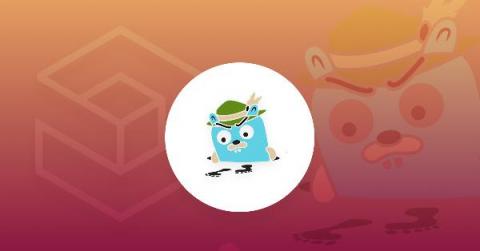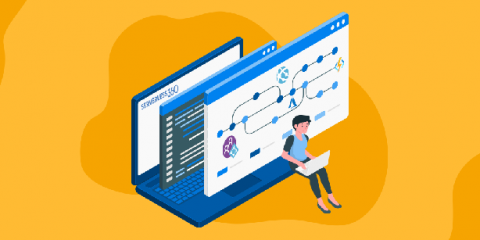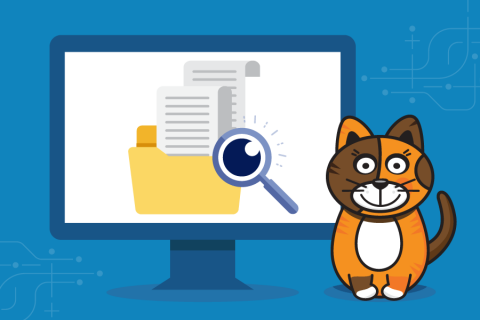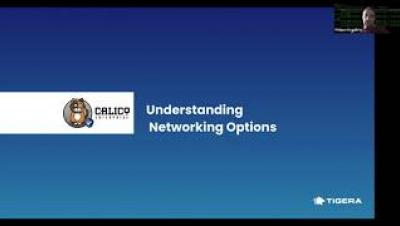Operations | Monitoring | ITSM | DevOps | Cloud
Microservices
Microservices and Serverless: Winning Strategies and Challenges
The concept of a microservice perfectly fits the structure of a serverless function, which easily enables deployment and runtime isolation for different services. On the storage side, services such as DynamoDB also make it easier to have independent databases for each microservice and scale them independently (when required or desirable). Before we dive into details, please consider whether the benefits of Microservices abundantly outweigh its disadvantages for your particular project and team.
Kubernetes network policies with Sysdig
Microservices and Kubernetes have completely changed the way we reason about network security. Luckily, Kubernetes network security policies (KNP) are a native mechanism to address this issue at the correct level of abstraction. Implementing a network policy is challenging, as developers and ops need to work together to define proper rules. However, the best approach is to adopt a zero trust framework for network security using Kubernetes native controls.
Microservices vs API
In this article, we’ll cover the key differences between APIs and microservices as answered by our contributors consisting of senior decision-makers and CTOs from technology companies around the world. One of the most popular ways to consume data from a web service is through a web application programming interface (API). By interface, we are referring to an agreement, or schema, that anyone using this API must abide by.
Monolith to Microservices - A Thought Leadership Talk
On November 11, 2020, I had the pleasure of speaking with two incredible thought leaders in the DevOps space: Vivek Pandey, VP of Engineering at Shipa (https://www.shipa.io), and Patrick Deuley, Sr Product Manager at GitLab (https://www.gitlab.com). The topic of the discussion was “Monolith to Microservices,” and we covered three key areas: Starting out, Scaling and Developer Experience.
Monitor Distributed Microservices with AppDynamics and Rancher
Kubernetes is increasingly becoming a uniform standard for computing – in Edge, in core and in the cloud. At NTS, we recognize this trend and have been systematically building up competencies for this core technology since 2018. As a technically-oriented business, we regularly validate different Kubernetes platforms and we share the view of many analysts (e.g. Forrester or Gartner and Gartner Hype Cycle Reports) that Rancher Labs ranks among the leading players in this sector.
Jaeger Essentials: Distributed Tracing from Dapper to Jaeger
If you are dealing with microservices, serverless architecture, on any other type of distributed architecture, you have probably heard the term “Distributed Tracing.” You may have been wondering what it’s all about, and where should you start, in this post, I’ll tell you about the journey we passed at Duda, from the day we heard about distributed tracing and started to explore whether it will be useful to use it in our company, to the exploration on what is distributed tracing a
Orchestrating Serverless Microservices in Azure with Durable Functions
Solving Microservices Connectivity Issues with Network Logs
The network is foundational to distributed application environments. A distributed application has multiple microservices, each running in a set of pods often located on different nodes. Problem areas in a distributed application can be in network layer connectivity (think network flow logs), or application resources unavailability (think metrics), or component unavailability (think tracing).



